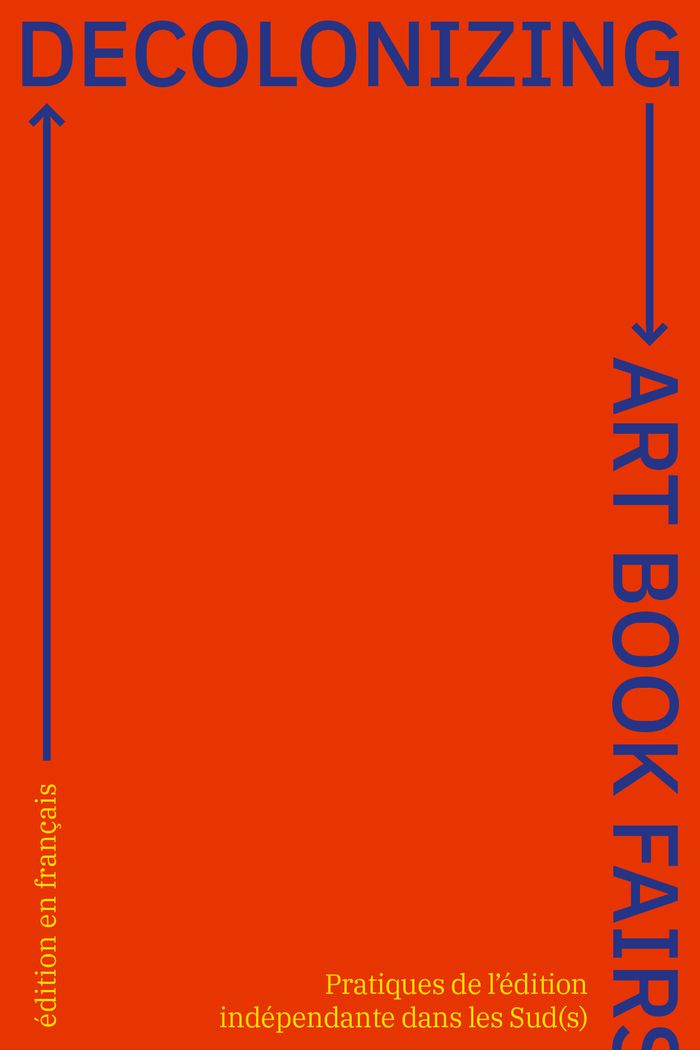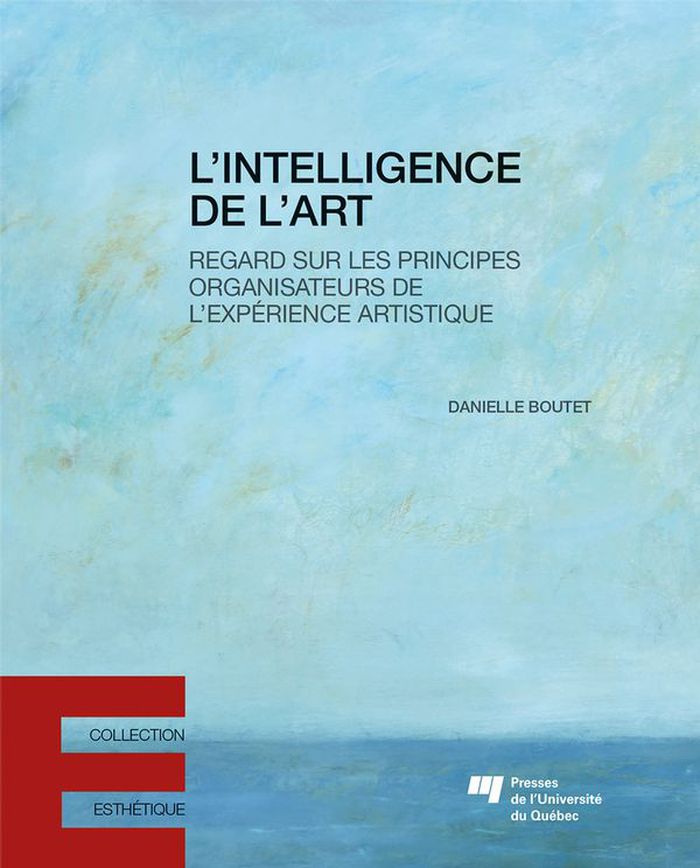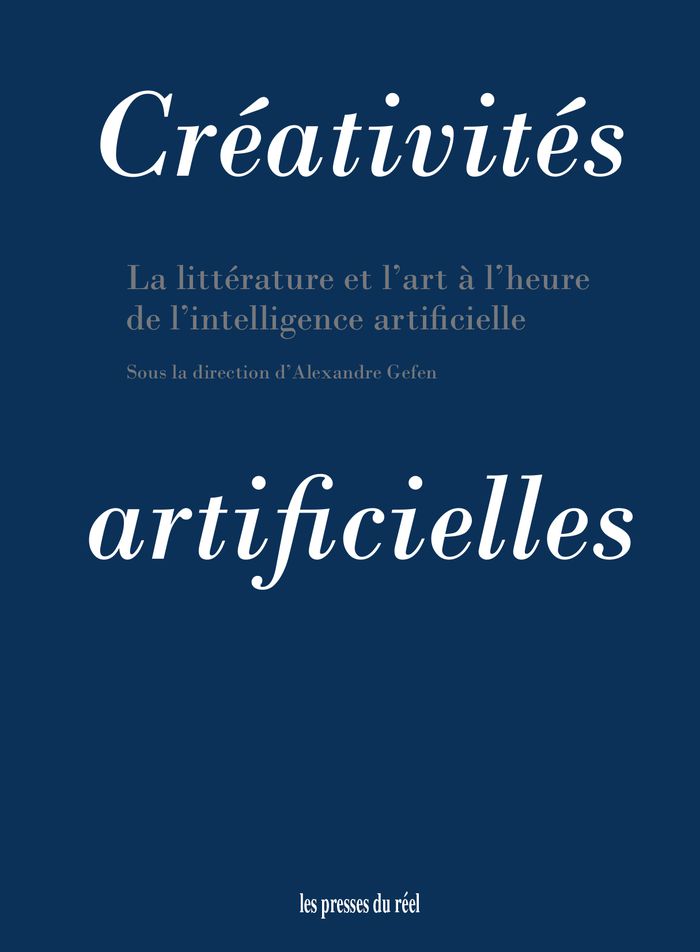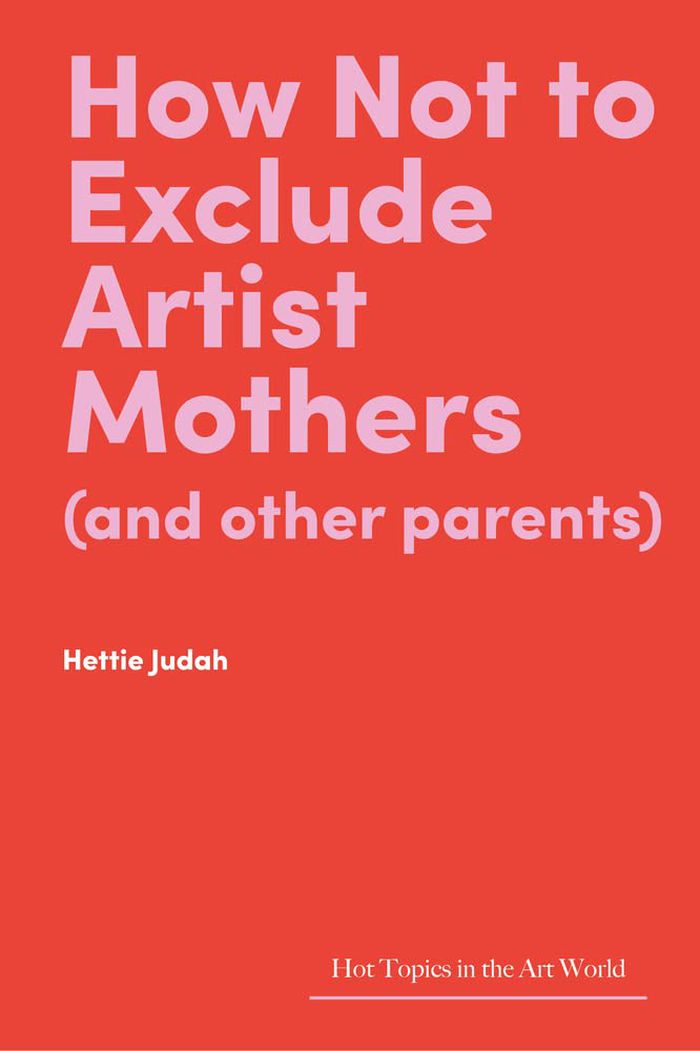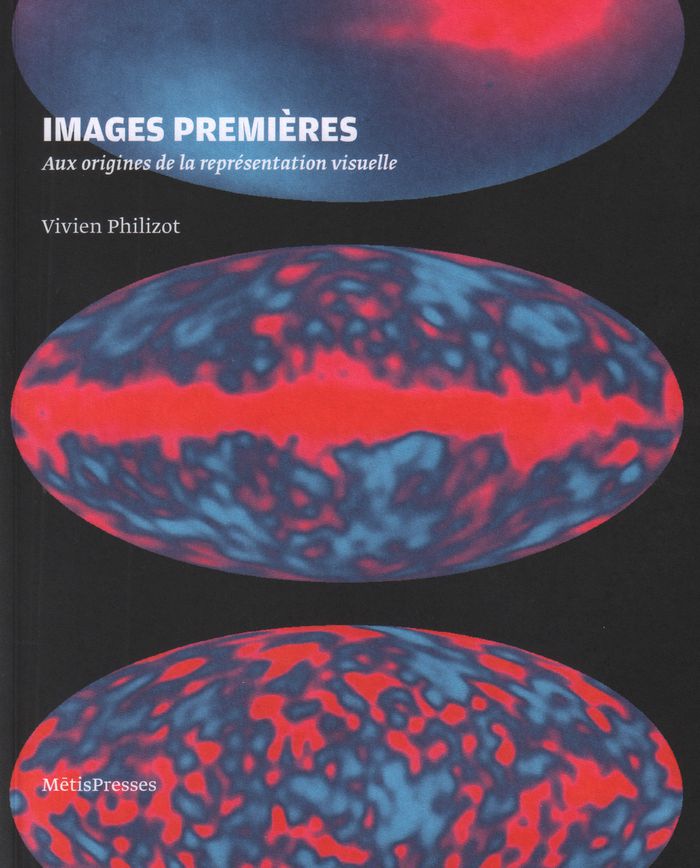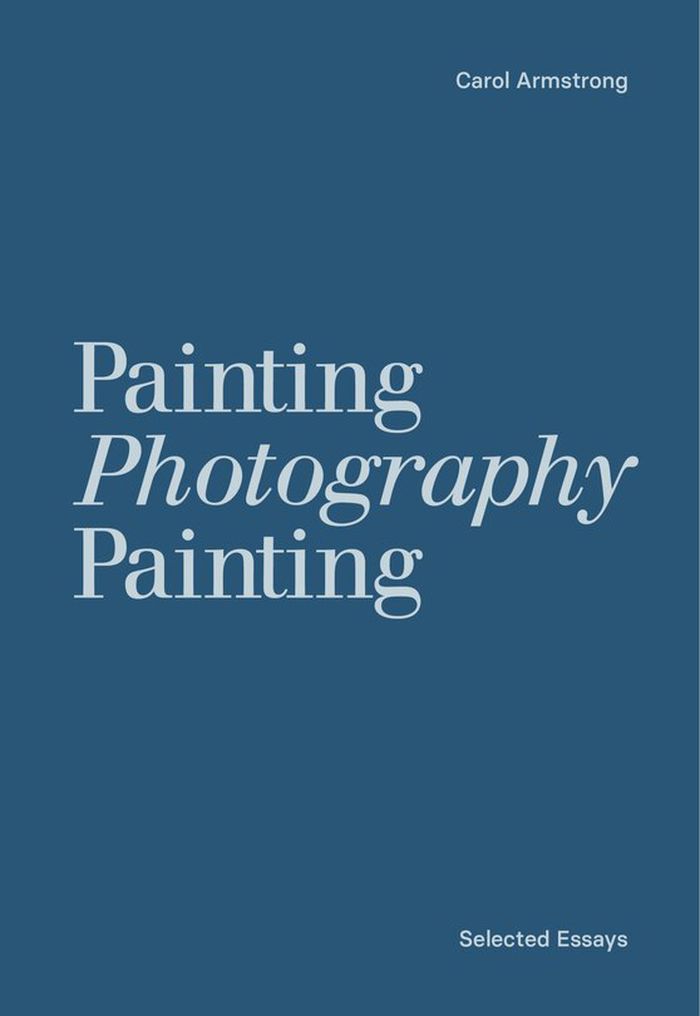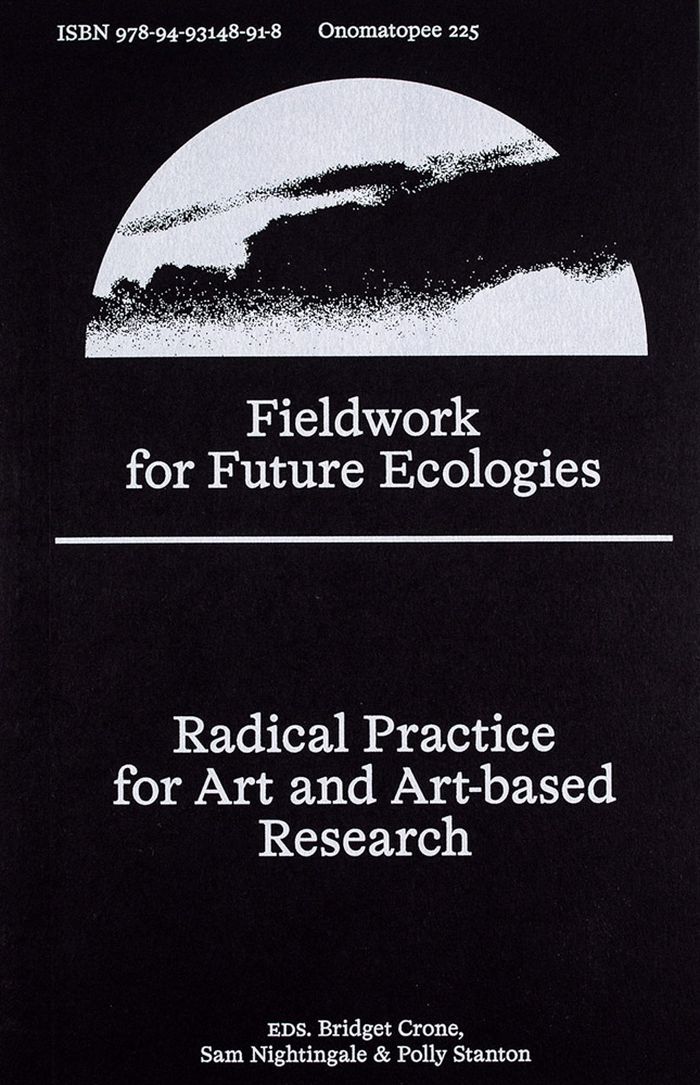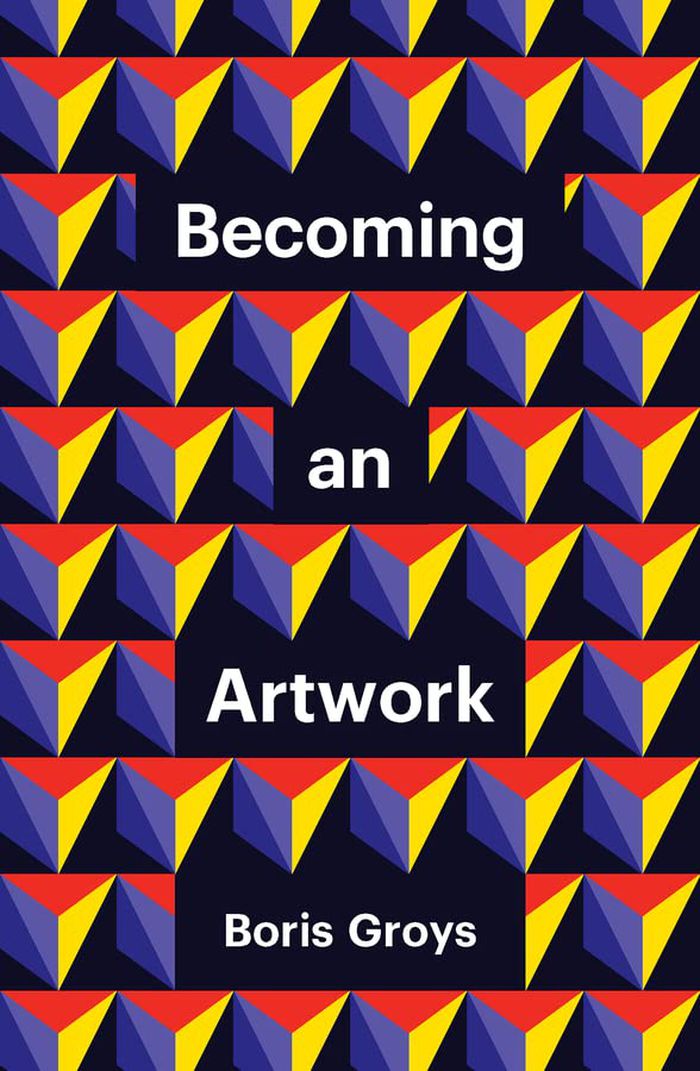$40.00
(disponible sur commande)
Résumé:
Pouvons-nous décoloniser les foires du livre d'art ? Est-il possible de décentraliser les savoirs et déconstruire les privilèges dans ces domaines ? «Décoloniser les foires du livre d'art» propose de repenser les structures et les imaginaires qui encadrent actuellement l'organisation des foires du livre d'art. Ce guide tente de faire entendre de nouvelles voix pour aider(...)
Decolonizing art book fairs : Pratiques de l'édition indépendante dans les Sud(s)
Actions:
Prix:
$40.00
(disponible sur commande)
Résumé:
Pouvons-nous décoloniser les foires du livre d'art ? Est-il possible de décentraliser les savoirs et déconstruire les privilèges dans ces domaines ? «Décoloniser les foires du livre d'art» propose de repenser les structures et les imaginaires qui encadrent actuellement l'organisation des foires du livre d'art. Ce guide tente de faire entendre de nouvelles voix pour aider à déconstruire les frontières entre Nord(s) et Sud(s) en mettant l'accent sur les pratiques et les initiatives du continent africain et de sa diaspora. Un manifeste pour la décolonisation de l'édition et des foires du livre d'art (un ensemble de textes et d'entretiens inédits avec des artistes, des auteurs et des éditeurs du continent africain et d'ailleurs qui dresse un état des lieux des pratiques et ouvre de nouvelles voies pour décentrer l'édition d'art).
Théorie de l’art
$36.00
(disponible en magasin)
Résumé:
Conviant quelques philosophes et de nombreux artistes, ce livre réfléchit sur l'universalité du phénomène artistique, le reliant à l'aspiration constitutive des humains et de leurs sociétés vers le plus-être et l'expérience augmentée. Cherchant ce qui fait l'essence de l'art, l'artiste et universitaire, Danielle Boutet va loin dans la psyché créatrice de l'artiste, tout(...)
L'intelligence de l'art - Regard sur les principes organisateurs de l'expérience artistique
Actions:
Prix:
$36.00
(disponible en magasin)
Résumé:
Conviant quelques philosophes et de nombreux artistes, ce livre réfléchit sur l'universalité du phénomène artistique, le reliant à l'aspiration constitutive des humains et de leurs sociétés vers le plus-être et l'expérience augmentée. Cherchant ce qui fait l'essence de l'art, l'artiste et universitaire, Danielle Boutet va loin dans la psyché créatrice de l'artiste, tout comme dans celle, participative, des récepteurs. Ce faisant, elle met en lumière notre besoin vital de sens et de nous sentir partie prenante du monde. L'art apparaît alors comme la grande technologie de l'Être, c'est-à-dire un ensemble de techniques, de savoir-faire, d'instruments et d'activités dont la fonction première, intemporelle, est d'augmenter la qualité de notre rapport au monde.
Théorie de l’art
$35.00
(disponible sur commande)
Résumé:
Rêvées pendant des siècles, les œuvres créées par les intelligences artificielles sont devenues des réalités concrètes en littérature et en art, désormais exposées et lues. Comment analyser, attribuer, juger de telles œuvres qui nous font entrer dans la vallée de l'étrangeté ? Quelles sont en retour les conséquences de telles innovations sur notre compréhension du champ(...)
Créativités artificielles : La littérature et l'art à l'heure de l'intelligence artificielle
Actions:
Prix:
$35.00
(disponible sur commande)
Résumé:
Rêvées pendant des siècles, les œuvres créées par les intelligences artificielles sont devenues des réalités concrètes en littérature et en art, désormais exposées et lues. Comment analyser, attribuer, juger de telles œuvres qui nous font entrer dans la vallée de l'étrangeté ? Quelles sont en retour les conséquences de telles innovations sur notre compréhension du champ artistique ? Comment la critique se doit-elle de réagir face à de telles créations, qui remettent radicalement en question l'ensemble des concepts et des valeurs esthétiques anciennes centrées sur l'humain ? Peut-on simplement les aimer et en être ému ?
Théorie de l’art
$46.99
(disponible sur commande)
Résumé:
For too long, artists have been told that they can't have both motherhood and a successful career. In this polemical volume, critic and campaigner Hettie Judah argues that a paradigm shift is needed within the art world to take account of the needs of artist mothers (and other parents: artist fathers, parents who don't identify with the term 'mother', and parents in other(...)
How not to exclude artist mothers (and other parents)
Actions:
Prix:
$46.99
(disponible sur commande)
Résumé:
For too long, artists have been told that they can't have both motherhood and a successful career. In this polemical volume, critic and campaigner Hettie Judah argues that a paradigm shift is needed within the art world to take account of the needs of artist mothers (and other parents: artist fathers, parents who don't identify with the term 'mother', and parents in other sectors of the art world). Drawing on interviews with artists internationally, the book highlights some of the success stories that offer models for the future, from alternative support networks and residency models, to studio complexes with onsite childcare, and galleries with family-friendly policies. Some artists have described motherhood as providing them with renewed focus, a new direction in their work, and even inspiration for a complete change of career. Other artists choose to keep their domestic and creative lives compartmentalised. All are placed at a disadvantage by the art world as it is currently structured. This book argues that by making changes and becoming more sensitive to the needs of artist parents, the art world has much to gain.
Théorie de l’art
Art's properties
$37.50
(disponible en magasin)
Résumé:
In this provocative new account, David Joselit shows how art from the nineteenth to the twenty-first centuries began to function as a commodity, while the qualities of the artist, nation, or period themselves became valuable properties. Joselit explores repatriation, explaining that this is not just a contemporary conflict between the Global South and Euro-American(...)
Art's properties
Actions:
Prix:
$37.50
(disponible en magasin)
Résumé:
In this provocative new account, David Joselit shows how art from the nineteenth to the twenty-first centuries began to function as a commodity, while the qualities of the artist, nation, or period themselves became valuable properties. Joselit explores repatriation, explaining that this is not just a contemporary conflict between the Global South and Euro-American museums, noting that the Louvre, the first modern museum, was built on looted works and faced demands for restitution and repatriation early in its history. Joselit argues that the property values of white supremacy underlie the ideology of possessive individualism animating modern art, and he considers issues of identity and proprietary authorship.
Théorie de l’art
$56.95
(disponible sur commande)
Résumé:
Les images s’incarnent dans une infinie diversité d’objets, de phénomènes et de situations, semblant toujours résister à notre irrépressible besoin de les définir. À moins, peut-être, de se demander d’où elles viennent. Œuvres peintes, diagrammes, cartes, images télévisuelles, images scientifiques, ombres, photographies satellites, dessins pariétaux, se côtoient ainsi ici(...)
Images premières: Aux origines de la représentation visuelle
Actions:
Prix:
$56.95
(disponible sur commande)
Résumé:
Les images s’incarnent dans une infinie diversité d’objets, de phénomènes et de situations, semblant toujours résister à notre irrépressible besoin de les définir. À moins, peut-être, de se demander d’où elles viennent. Œuvres peintes, diagrammes, cartes, images télévisuelles, images scientifiques, ombres, photographies satellites, dessins pariétaux, se côtoient ainsi ici en douze « tableaux », pour nous faire cheminer dans cette zone liminaire et fragile où les images sont tout juste des images. Aux frontières et aux origines même de la représentation visuelle, les images premières peuvent nous aider à préciser, à raffiner, à définir, à la fois ce que nous savons sur l’image et ce que nous pouvons savoir par l’image.
Théorie de l’art
Le dépassement de l'« art »
$37.95
(disponible en magasin)
Résumé:
Alexander Dorner écrivit le dépassement de l’ «art» en 1947, à dessein de reconstruire les outils dont se servent l’histoire de l’art, l’esthétique et la muséologie, – à commencer par le concept d’art. Indissolublement lié à la représentation d’un espace à trois dimensions peuplé de formes exprimant des essences immuables, l’ «art» était, à ses yeux, voué à céder le pas à(...)
Le dépassement de l'« art »
Actions:
Prix:
$37.95
(disponible en magasin)
Résumé:
Alexander Dorner écrivit le dépassement de l’ «art» en 1947, à dessein de reconstruire les outils dont se servent l’histoire de l’art, l’esthétique et la muséologie, – à commencer par le concept d’art. Indissolublement lié à la représentation d’un espace à trois dimensions peuplé de formes exprimant des essences immuables, l’ «art» était, à ses yeux, voué à céder le pas à une «nouvelle espèce de communication visuelle» qui serait en phase avec les découvertes de la physique. Il en voyait l’émergence dans le travail d’artistes-designers, issus du constructivisme et du Bauhaus. L’ouvrage explicite en outre les principes ayant guidé Dorner dans ses expérimentations muséologiques : premier directeur d’un musée d’art contemporain, dont il aurait aimé faire une «centrale électrique sociale» productrice de nouvelles énergies, Dorner demeure une référence cruciale pour nombre d’historiens de l’art, de conservateurs et de commissaires d’exposition.
Théorie de l’art
$45.00
(disponible sur commande)
Résumé:
''Painting Photography Painting'' is the essential first collection of essays by critic and theorist Carol Armstrong, bringing together writings encompassing the many inflection points of her academic work, including French painting, early photography, feminist theory, and the representation of women and gender in the visual arts. In the book’s titular essay, Armstrong(...)
Painting photography painting
Actions:
Prix:
$45.00
(disponible sur commande)
Résumé:
''Painting Photography Painting'' is the essential first collection of essays by critic and theorist Carol Armstrong, bringing together writings encompassing the many inflection points of her academic work, including French painting, early photography, feminist theory, and the representation of women and gender in the visual arts. In the book’s titular essay, Armstrong asks of Ellen Gallagher’s 2008 painting ''An Experiment of Unusual Opportunity'', which depicts a barely-visible sea creature created out of ink, graphite, oil, varnish, and variously sliced paper, ‘in what sense is this a painting exactly?’ This enquiry into the very essence of the medium provides a thread that runs throughout the book’s wide-ranging essays and ties together a variety of works on paper ‘inscribed, drawn, printed, photographed, and variously pierced and punctured’.
Théorie de l’art
$60.00
(disponible sur commande)
Résumé:
Gathering contributions from artists, writers and theorists, Fieldwork for Future Ecologies addresses the role that art and art-based research plays in expanding notions of fieldwork. At once a research handbook and a philosophical speculation, it explores ways of working within diverse climates using image, sound, movement and other sensing technologies, and also offers(...)
Théorie de l’art
juillet 2023
Fieldwork for future ecologies: radical practice for art and art-based research
Actions:
Prix:
$60.00
(disponible sur commande)
Résumé:
Gathering contributions from artists, writers and theorists, Fieldwork for Future Ecologies addresses the role that art and art-based research plays in expanding notions of fieldwork. At once a research handbook and a philosophical speculation, it explores ways of working within diverse climates using image, sound, movement and other sensing technologies, and also offers more creative interventions into the idea of "the field" itself. Focusing on projects from various geographic locations and situations, the book highlights the crucial contribution that art can make to environmental and climate studies.
Théorie de l’art
Becoming an artwork
$15.95
(disponible en magasin)
Résumé:
For some time, artists and intellectuals struggled for the sovereign right to present themselves to society in their own way – to become self-created works of art. Today everybody has not only a right but also an obligation to practice self-design. We are responsible for the way we present ourselves to others – and we cannot get rid of this aesthetic responsibility.(...)
Becoming an artwork
Actions:
Prix:
$15.95
(disponible en magasin)
Résumé:
For some time, artists and intellectuals struggled for the sovereign right to present themselves to society in their own way – to become self-created works of art. Today everybody has not only a right but also an obligation to practice self-design. We are responsible for the way we present ourselves to others – and we cannot get rid of this aesthetic responsibility. However, we are not able to produce our own bodies. Before we begin to practice self-design, we find ourselves already designed by the gaze of others. That is why the practice of self-design mostly takes a critical and confrontational turn. We want to bring others to see us in the way we want to be seen – not only during our earthly life but also after our death. This is a complicated struggle, and the aim of this book is to describe and analyze it.
Théorie de l’art
